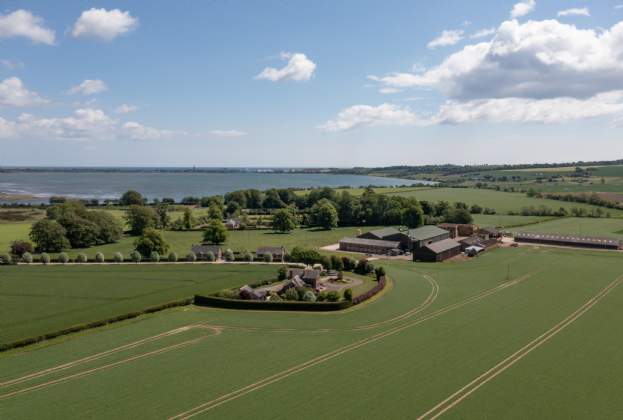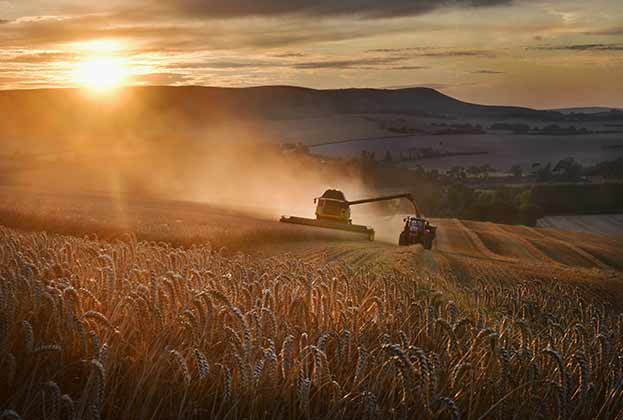Compared to the average for the past five years, supply has been higher in the North of England (61 per cent) and East Midlands (45 per cent), whilst the only English region where it has been below this average is the South West and this is only by 2 per cent.
Of the home nations, the market in Wales has been particularly active, with supply 42 per cent up on the five-year average, whereas in Scotland it has fallen by 9 per cent. The supply in England has been 23 per cent above average and largely responsible for the 18 per cent increase across Great Britain.
There have been more opportunities to purchase larger-scale commercial farms in England this year; eight farms over 1,000 acres were launched by the end of Q3, which compares to seven during the whole of 2022. At the other end of the scale, higher interest rates could be triggering some smaller-scale sales to raise capital as detailed in our briefing note covering the first half of 2023.
The increase in supply can be put down to a variety of factors. The agricultural transition is progressing and it is clearer what the new agri-environment schemes such as Environmental Land Management and the Sustainable Farming Scheme will require or incentivise – and the degree of financial reward these will provide. As a result, farmers can now make more informed decisions about the future of their business and property, which in some instances may involve retirement and sale. Additionally, high costs of production combined with increased interest rates have put a strain on some businesses, perhaps accelerating retirement plans.
Farmland values
Farmland values continued to rise and during the first nine months of 2023 they increased by an average of 4.9 per cent in Great Britain, although there are multiple variations depending upon geographical region, land grade and farm type. Values have increased more for pasture than arable land, this continues a trend that started in 2021. During the first nine months of 2023, poor and average-quality pasture values increased by 8 per cent and 9 per cent respectively, compared to 2 per cent for arable land.
The average values of prime arable and grade three pasture across Great Britain are now around £10,200 and £7,000 per acre respectively. Grade 3 pasture recorded the highest quarter growth (9 per cent) but average value growth was more muted in England. Values were static in the North and lower values were reported in the East of England for the first time since 2020. The reductions in the East of England offset the gains made earlier in the year, taking the overall regional average value to 1 per cent below its December 2022 level and 17 per cent above 2020 levels. By comparison the overall average land value increased by 18 per cent in Wales which is the most of all the home nations and coincided with higher supply too.
The increase in the Bank of England base rate may be partly responsible for the market cooling in some areas. However, there is still some pent-up demand from business asset rollover relief motivated buyers and natural capital investors. So far, this interest has insulated the market from wider economic factors and sustained overall value growth, but there is regional variation in the strength of demand from these buyer types.
Realistic guide prices are essential
Competition is weakening in some areas where the pool of buyers has reduced due to rollover relief funds motivated buyers completing their aquisitions and as investors take advantage of guaranteed rates of return from bank interest rather than less predictable alternative investments. Additionally, interest rates are affecting financing costs meaning neighbouring landowners may find it difficult to fund purchases. To counteract this, lot sizes offered should be considered carefully to maximise the number of potential cash buyers, and realistic guide prices are essential.
Further information
Contact Andrew Teanby or Alex Lawson

.jpg)
.jpg)
.jpg)

.jpg)


.jpg)

